Food sampling
Food sampling is done at different levels of the distribution chain, i.e., manufacturing, storage, importing and retailing. Sampling is done on a scheduled basis (operational procedure), but also as needed or in response to an event (e.g., a complaint, an incident, a non-compliant result, etc.). Different operational procedures for sample collection are possible and should be applied depending on the purpose of the sampling activity.
Different sample collection techniques are used during sample collection, depending on the sampling and testing plan and purpose.
An adequate food sample may consist of one or more sample units. Different sample collection methods are recommended depending on the nature of the product (fruits and vegetables, dairy products, fish and seafood, etc.), its state (liquid, solid, granular, etc.) and its storage temperature.
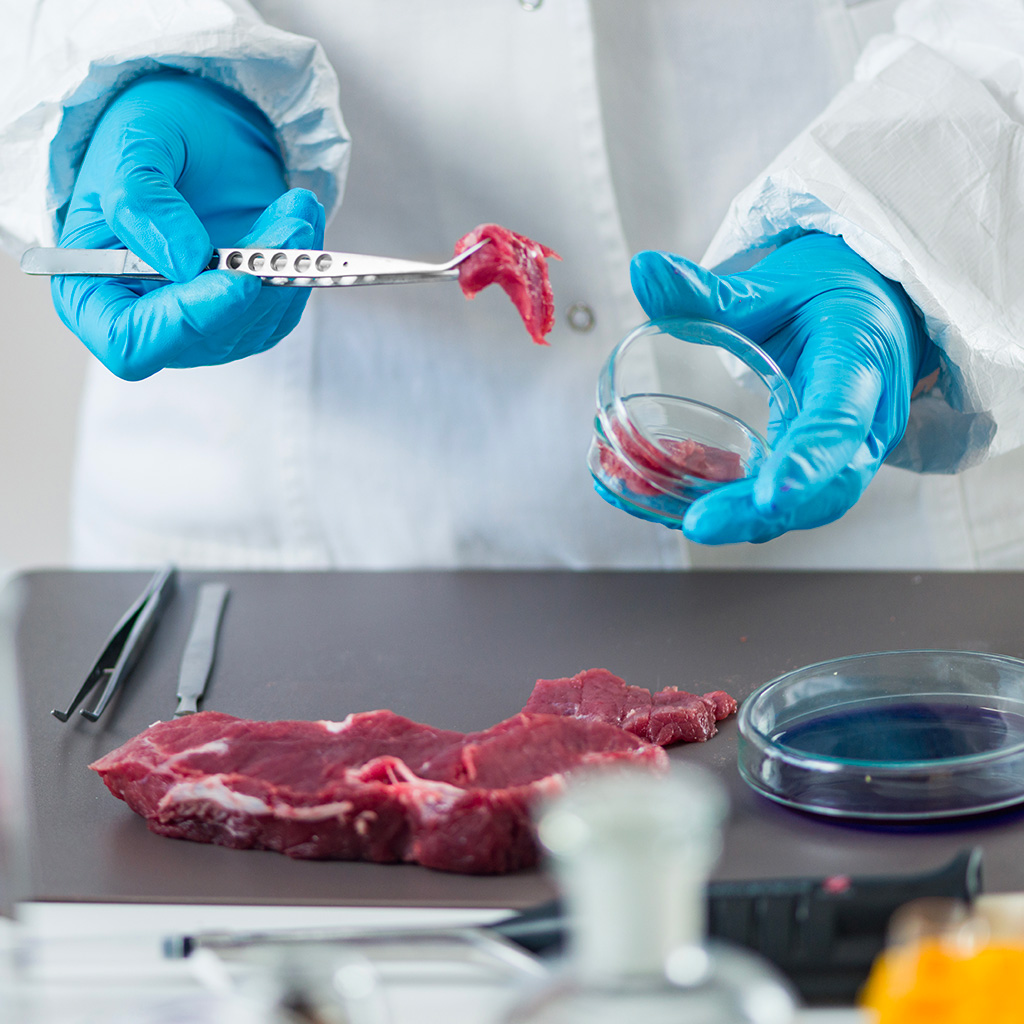

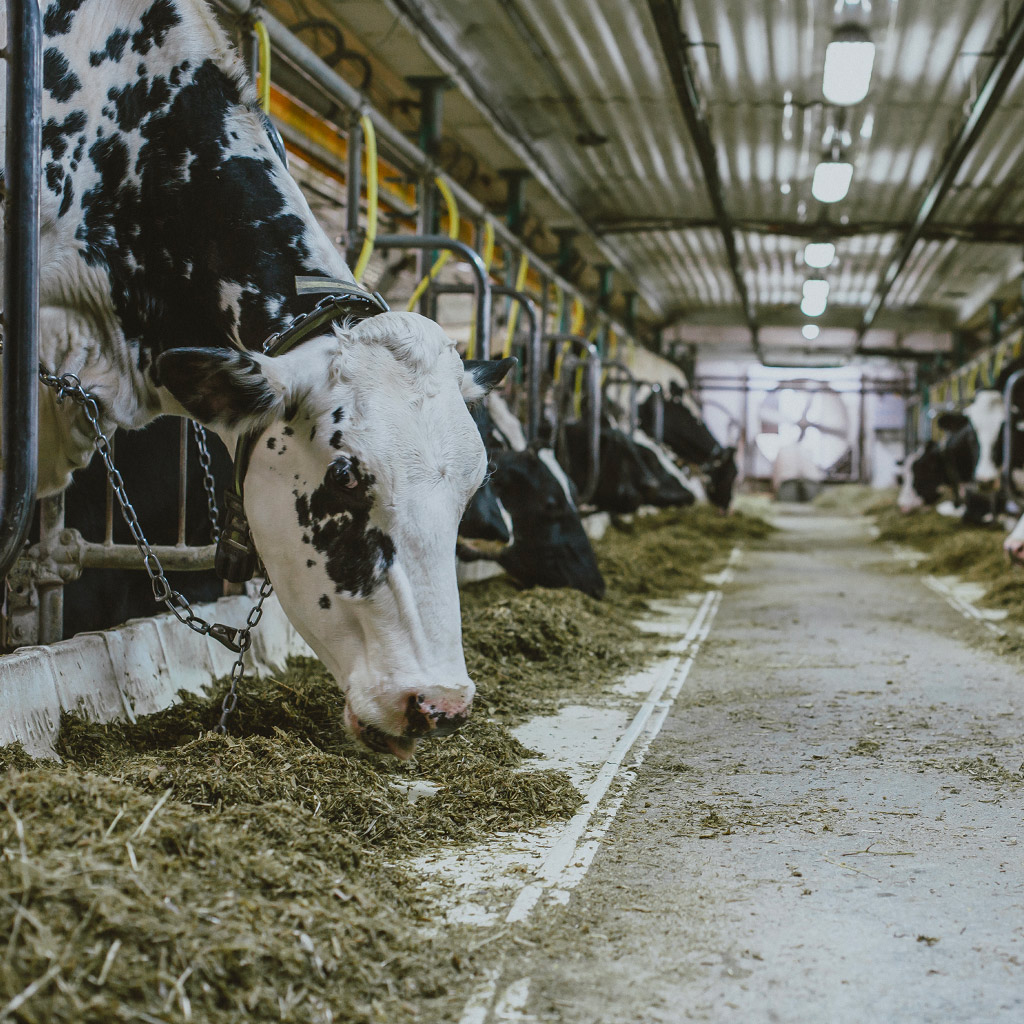

Livestock products
Sampling the living environment of livestock ensures the safety of the environment and minimizes the risk of contamination.
Regular sampling allows us to anticipate contamination, monitor it when it occurs and establish a plan to better control it. When a Listeria sanitation program is put in place, the Environmental Health Check is used to monitor the performance of actions taken.
In the case of specific foods, such as milk, samples are essential to verify product compliance with industry standards. In addition, they help breeders gather valuable information about their production and assist them in the timely evaluation of their processes.
LABPLAS products tolerate temperatures as low as -100 °C, allowing breeders to store their samples in the freezer for later analysis when necessary or required by the type of test.
When to sample?
In addition to the sampling they do as part of their sampling plan, breeders must test in the following situations:
- Observation of a change in the health of animals eating the same food;
- Unexplained increase or decrease in milk production;
- Consumption of contaminated or mouldy food.
Agricultural products
At the beginning of the season, farmers should always test their seeds before planting them. This preventive sampling helps avoid major problems during the growth of fruits, vegetables or cereals.
Sample collection in agriculture requires sterile equipment and must be done meticulously to avoid contamination of samples.
There may be multiple sources of contamination, such as:
the wind;
- animal feces;
- transport of microorganisms by machinery;
- Irrigation water.
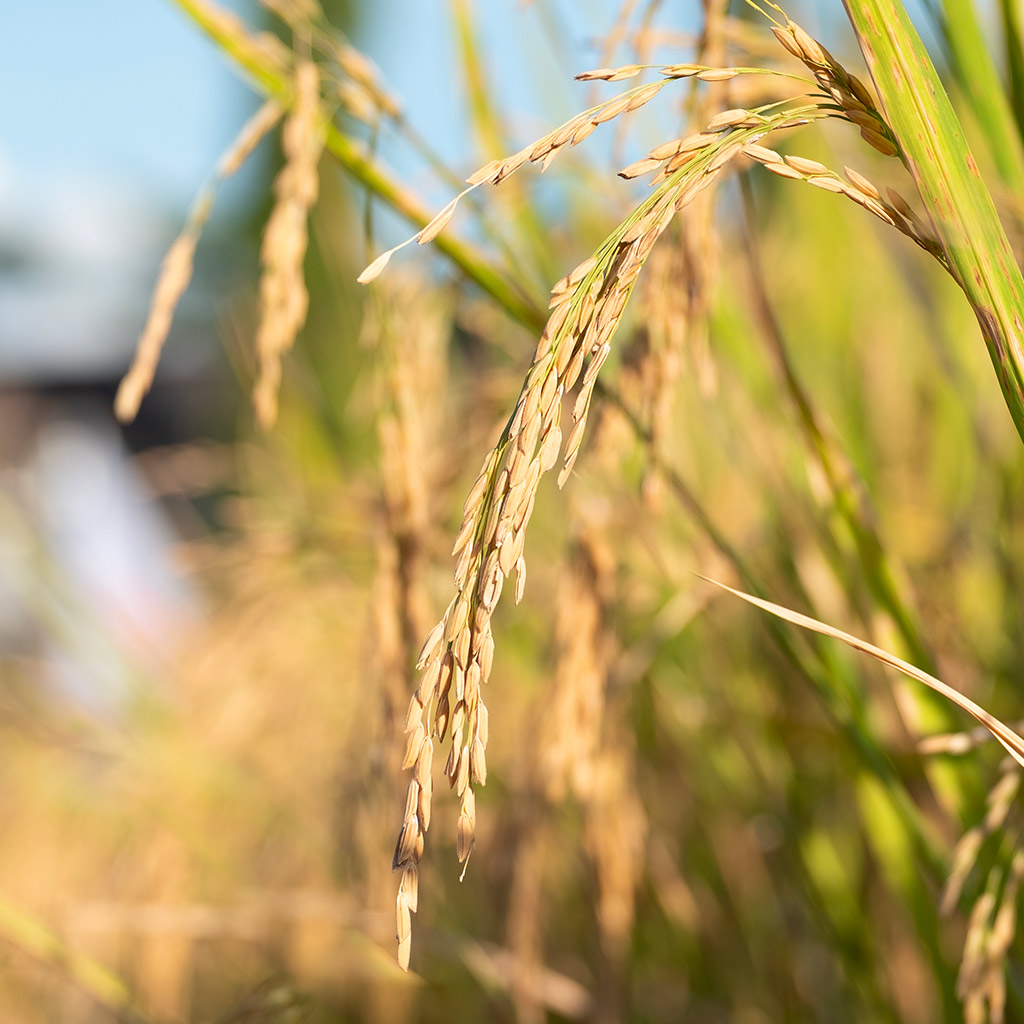

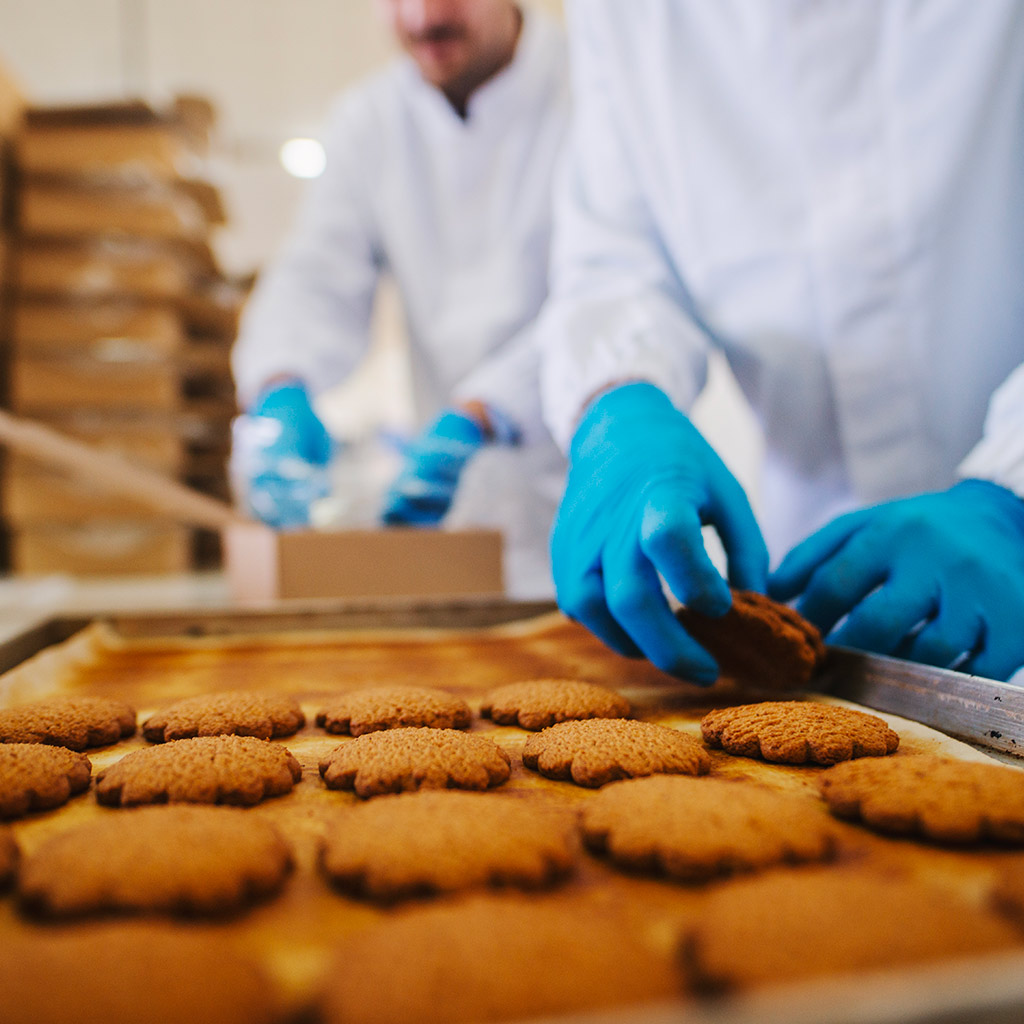

Processed products
During the production of processed products, sampling tests must be performed at several stages to ensure quality.
From preparation to packaging, numerous food samples must be taken at regular intervals to ensure the safety of a product for human health. Depending on the level of processing of the food, the associated risk will be more or less significant. In the case of “ready-to-eat” foods, the risk of contamination is higher because, among other things, they can promote the proliferation of certain bacteria such as Listeria and because no cooking process occurs before consumption. Certain food categories, such as spices, nut butters and nutrition bars, are also at higher risk of Salmonella contamination and require increased microbiological sampling. The tests are used to verify the compliance of food with industry standards and to ensure the absence of contamination.
Preparation areas
In addition, the preparation surfaces must also be tested for detection of various food pathogens. In this type of sampling, it is important to consider the various levels of risk of contamination according to the type of surface to be sampled, with Zone 1 representing the surfaces where the risk is highest, and Zone 4 the surfaces where the risk is lowest.
- Zone 1 : surfaces in direct contact with food (e.g., slicers, conveyor belts, employees’ hands, work tables, etc.)
- Zone 2 : surfaces without direct food contact but near food and direct contact surfaces (e.g., refrigerators, equipment control panels, etc.)
-
Zone 3 : surfaces without direct food contact but further away and located in or near the processing areas (e.g., forklifts, hand trucks, etc.)
-
Zone 4 : areas without direct food contact but located outside the processing area (e.g., locker rooms, cafeterias, etc.)
Collected samples must be analyzed in a timely manner to eliminate the risk of contamination or deterioration of the samples. LABPLAS sterile sampling bags and sterile sampling kits allow for the safe transport of these specimens.
Herbs and seasonings
Like all foods for human consumption, herbs and seasonings must be sampled.
Fresh herbs, like fruits and vegetables, can be exposed to pathogenic bacteria during cultivation. The same governmental sanitation regulatory requirements therefore apply to this type of product.
Dried herbs are also at risk of infection during production, processing and storage. Bacteria, such as Salmonella or E. coli have a long survival time, which can pose a risk to human health if these products are ingested.
Food frauds
Sampling of seasonings and spices also ensures their authenticity. Numerous food frauds have been reported over the years with this type of product.
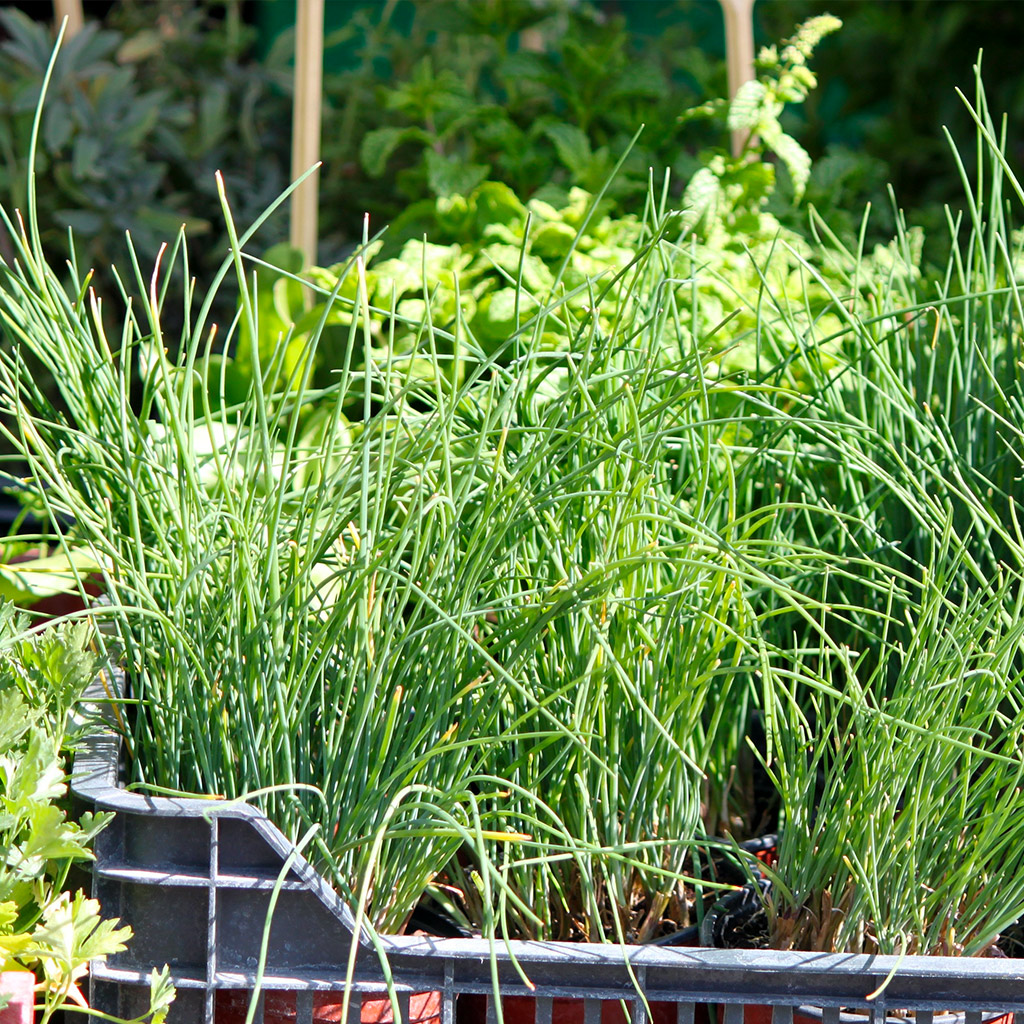

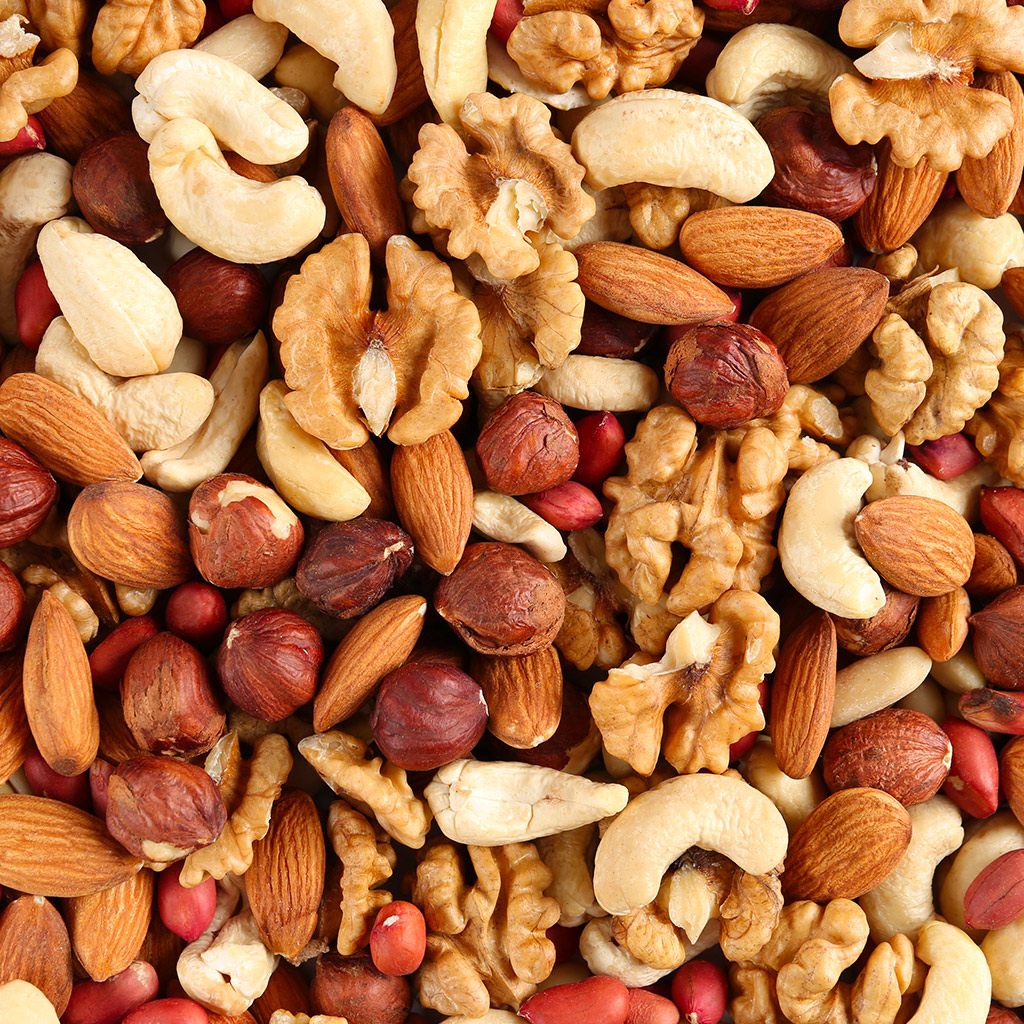

Nuts
Sampling of nuts or products containing nuts should be tested for the presence of human health pathogenic bacteria such as E. coli, Salmonelle and Listeria.
It is important to know that nuts are on the list of priority food allergens in Canada. Thus, the presence of the following nuts must always be declared on the labels of foods available for sale:
- almonds
- Brazil nuts
- cashews
- hazelnut
- macadamia nut
- pecans
- pine nuts
- pistachios
- walnuts


